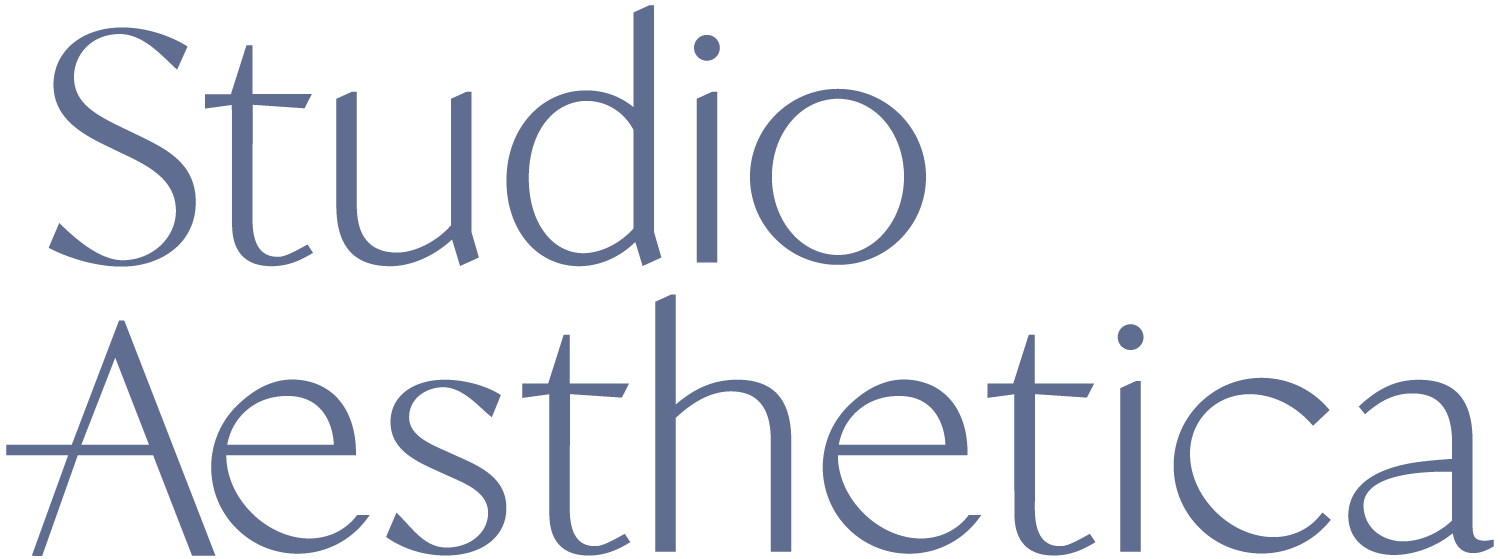LED Therapy: At Home or In-Clinic?
LED Light Therapy is an increasingly popular treatment for a number of skin concerns, and with no downtime and its relaxing effect it's no wonder we are seeing more and more patients choosing LED - both in clinic and at home. With the rise of at-home facial LED devices it’s important to understand that not all LED devices are created equal. Let’s shed some light on the key differences between professional LED and at-home devices.
Light Intensity & Wavelengths
LED, or Light Emitting Diodes, work by emitting varying wavelengths of the visible light spectrum that penetrate the skin at different depths. Professional devices are made with multiple medical-grade LEDs that provide optimal energy output, and on average a professional device has between 1000-1800 individual LEDs compared to an at-home device that has on average 100 LEDs. With precise control over light intensity and wavelength, a clinical device allows for specific targeting of skin layers and conditions effectively. With limited options when it comes to intensity and wavelengths, and at times incorrect wavelengths altogether, they can provide limited benefits when compared to a clinical device. As the effectiveness of LED treatments is dependent on the quality of LEDs, the number of LEDs, as well as overall power and correct wavelengths it is important to understand how an at-home device or an inferior counterfeit device cannot treat the skin to the same levels that a professional device will. Studio Aesthetica’s LED Device has four clinically proven wavelengths that address skin conditions such as acne, pigmentation, rosacea and ageing skin.
Expertise & Customisation
With every treatment you receive you are paying for the expertise of the clinician and their ability to apply their knowledge to best customise a treatment to your skin condition. A clinical LED device, like the device at Studio Aesthetica, allows the clinician utilise their understanding of light therapy protocols to combine multiple wavelengths in a single treatment to ensure best results; for example combining Yellow and IR for a post-op patient to reduce swelling and accelerate wound healing.
While at-home devices may come with pre-set programs, they cannot match the level of customisation offered in professional settings. Individual skin types, conditions, and treatment goals can vary greatly, requiring a personalised approach for optimal outcomes.
Safety & Monitoring
Professional LED Light Therapy treatments are conducted under the supervision of trained professionals who ensure safe and effective treatment protocols are adhered to. With a comprehensive understanding of potential risks but also the benefits associated with session duration and intensity, adverse effects are minimised and maximum results can be achieved. Though at-home LED devices are generally safe to use, inadvertent misuse is a potential risk by exceeding treatment durations or using inappropriate settings which can lead to overexposure but more importantly inconsistent and sub-par results.
Remember, not all facial LED devices are created equal, and understanding the differences will help you make informed choices for your skincare journey. Studio Aesthetica offers a customised approach with a science-backed medical grade LED device that provides targeted and effective results.

